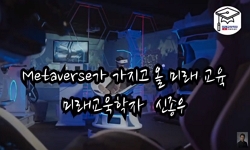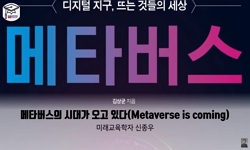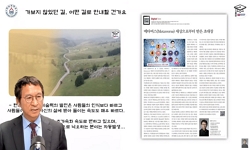This study investigated gender characteristics in contemporary virtual fashion design, focusing on avatars and genderless fashion in recent collections from Auroboros, Republiqe, Placebo Digital Fashion House, RTFKT, and Tribute. Employing content ana...
http://chineseinput.net/에서 pinyin(병음)방식으로 중국어를 변환할 수 있습니다.
변환된 중국어를 복사하여 사용하시면 됩니다.
- 中文 을 입력하시려면 zhongwen을 입력하시고 space를누르시면됩니다.
- 北京 을 입력하시려면 beijing을 입력하시고 space를 누르시면 됩니다.


Gender Characteristics in Virtual Fashion Design -Virtual Avatars' Genders and Genderless Fashion Design Concepts- = Gender Characteristics in Virtual Fashion Design -Virtual Avatars' Genders and Genderless Fashion Design Concepts-
한글로보기https://www.riss.kr/link?id=A109123478
-
저자
Minji Lena Kim (연세대학교) ; Sang Ha Yun ; Inzali Moe (연세대학교) ; Eun Kyoung Yang
- 발행기관
- 학술지명
- 권호사항
-
발행연도
2024
-
작성언어
English
- 주제어
-
등재정보
KCI등재,SCOPUS
-
자료형태
학술저널
-
수록면
397-416(20쪽)
- DOI식별코드
- 제공처
-
0
상세조회 -
0
다운로드
부가정보
다국어 초록 (Multilingual Abstract)
This study investigated gender characteristics in contemporary virtual fashion design, focusing on avatars and genderless fashion in recent collections from Auroboros, Republiqe, Placebo Digital Fashion House, RTFKT, and Tribute. Employing content analysis within a theoretical framework of gender-related research, the study coded virtual avatars in terms of biological sex, appearance, and sociological perspectives. The results showed a preference for female-type avatars, through which androgynous aesthetics were embraced and traditional gender norms were challenged. Male-type avatars reflected experimentation with blending masculine elements, emphasizing inclusivity. Human-like avatars indicated a preference for designs that promoted inclusivity and, in the process, challenged binary classifications. The examined brands strategically capitalized on compromise, sensuality, and playfulness, thereby breaking away from traditional values to opt for more diverse styles. Genderless features combined elements from traditional men's and women's clothing, espousing sensuality and playful exaggeration. These findings signify a dynamic shift away from conventional gender standards to foster inclusivity and experimentation. They can serve as a reference for promoting creative strategies and design innovation, challenging the traditional gender perspective in the fashion industry. Implementing these strategies can lead to a more inclusive representation of fashion styles, encouraging critical thinking about gender norms.
동일학술지(권/호) 다른 논문
-
- 한국의류학회
- 이경화
- 2024
- KCI등재,SCOPUS
-
국내 섬유·패션 박물관의 현황 분석 및 방향 모색 -서울과 대구를 중심으로-
- 한국의류학회
- 예민희
- 2024
- KCI등재,SCOPUS
-
신체정보 기반 사이즈 추천서비스에 대한 소비자 평가가 소비자 반응에 미치는 영향과 정보탐색정도의 조절효과
- 한국의류학회
- 서상우
- 2024
- KCI등재,SCOPUS
-
- 한국의류학회
- 박소영
- 2024
- KCI등재,SCOPUS




 ScienceON
ScienceON KISS
KISS






